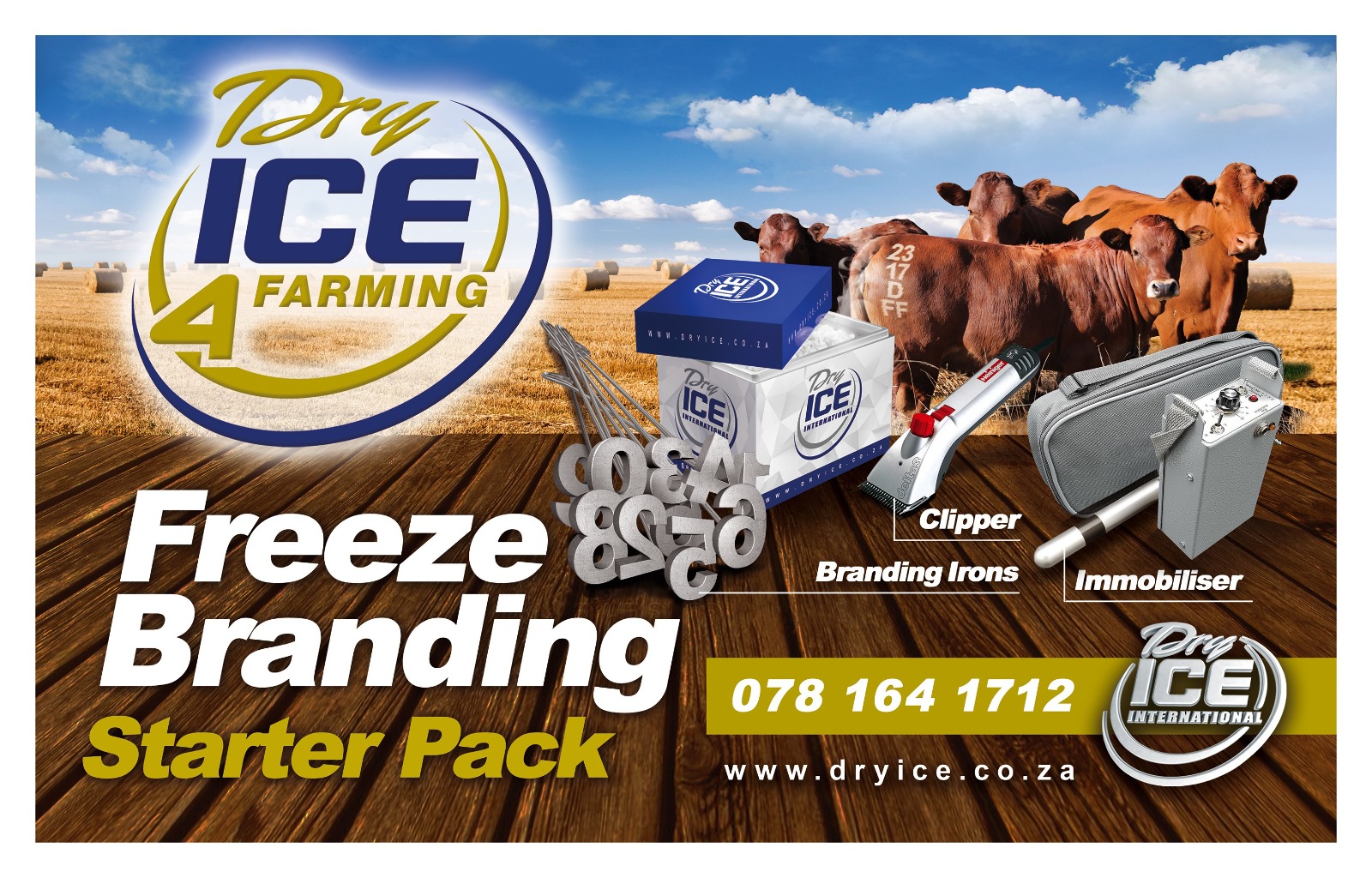CryoBranding, or “freeze branding,” was created in 1966 by Dr R. Keith Farrell of Washington State University. When cattle are branded with extremely cold irons using dry ice, the natural hair coat in the branded area is replaced by white hair.
The coolant is used to lower the temperature of a branding iron such that its application to shaved skin will permanently alter hair follicles’ colour. The intense cold destroys the pigmentation in the animal’s hair follicles, leaving all subsequent hair growth without colour. This creates a high-contrast, permanent mark in the shape of the branding iron’s head, a more extended application of the cold iron can also permanently remove hair and is used on white or pale animals. In these cases, the loss of hair leaves a patch of hairless skin in the shape of the brand.
This form of branding is gentler on the animal’s skin and can be used to permanently remove its hair if the irons are applied long enough. Below is everything you need to know about freeze branding.
Benefits of freeze branding
Freeze branding using dry ice is growing in popularity due to its permanent identifying features presented in a clean, aesthetically pleasing white marking, which may be used for either owner identity or individual animal identification.
As such, freeze branding provides the following additional benefits:
- Freeze brand identification marks won’t wear or fade over time.
- The brands are conspicuously legible even when far away.
- Cattle and livestock can be permanently tracked.
- The identifying marks are perfect for use in the milking room and are required for accurate milk accounting.
- Freeze branding is more ideal than ear tags because the latter are sometimes misplaced, the numbers fade, or the tags become unreadable due to mud and manure.
- The procedure is effective because it eliminates the skin cells that give the hair its colour. Because animals’ skin reacts less to colder temperatures, using a cold iron is less uncomfortable for them than using a hot one.
- Consequently, this method of branding horses and cattle has gained widespread acceptance. Typically, a farmer’s brand will be accompanied by a number from 0 to 9.
In comparison to more invasive techniques like fire or electric branding, freeze branding is rather mild and less invasive. Freeze branding allows for year-round visibility, making it simple to track down lost livestock.
As opposed to hot branding, this procedure takes a bit longer to complete but with less stress to the livestock. In addition, farmers will need to learn how to operate specialised equipment in order to apply the freeze brand successfully.
How the freeze branding process works
The iron used in Cattle Freeze Branding causes the hair to lose its colour and turn white in around 30 to 60 days. Dry ice and Isopropyl Alcohol will provide you with the best and most legible markings because they are significantly colder and more efficient. Timing is also crucial, as it changes according to the cows’ age, weight, and health.
Replacement heifers should be branded when they are around a year old so that the brand can expand along with the animal, and you have more of them by the time they begin reproducing. Freeze branding uses a unique numbering system which can be an effective method of permanently identifying a cow herd. Each cow in a herd should have a different number.
Freeze branding irons are often manufactured from copper alloy. Although irons made of brass, stainless steel, or aluminium can be used, copper irons have historically had the best results due to their superior heat conduction.
Freeze branding irons can be distinguished from hot irons by their lack of fractures in the metal at strategic locations, which allows excess heat to escape. Handles are often shorter, and the space available for branding is typically thicker with these.
A mixture of dry ice and isopropyl alcohol (99% alcohol) works well for submerging irons. The mixture consists of a 1:1 ratio. You can calculate the amount of Dry Ice and Isopropyl Alcohol needed by using 400ml of Isopropyl Alcohol and 400gr of dry ice for each animal that needs to be branded.
We have good news if you want to know more about this. Dry Ice 4 Farming is at NAMPO Harvest Day in Bothaville (16-19 May). Visit their stand at the Nutri Feeds hall (stand 47).









